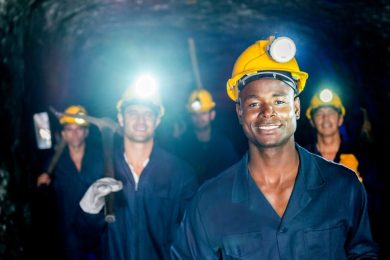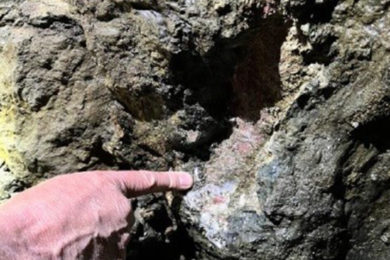While mining safety has improved significantly, operators are still subjected to hazardous conditions. Heavy loads, noise, chemical leakage, dust exposure, floods, and electrocution are just some of the problems they face. Modern technology does however mitigate all of these risks, ensuring operator and environment safety. But one risk that is sometimes overlooked, is rock fall. Around 30% of accidents and fatalities in underground mines occur as a result of rockfall, according to Trolex, and most of these incidents are close to mine entrances or near the mining operation.
“Yet, with the technology and tools available, mitigating and controlling rock fall is entirely possible. There are a variety of solutions that exist that enable mine-wide monitoring and environment analysis, capable of issuing early warnings and identifying structural damage and risks before they become a problem. To prevent rock fall and avalanches, there are a numerous techniques, tools and solutions that can be used.” Depending on the operation, multiple options may be deployed, but Trolex points out that the solutions fall into one of the two methods outlined below:
- Active rock fall mitigation is more preventative, stopping the rock fall events from ever occurring. It utilises methods such as rock bolting, shotcrete, buttress, drainage and stabilisation at the initiation zone – i.e. where the rock fall would occur.
- Passive rock fall mitigation refers to when a rock fall still occurs, but its impact is mitigated and controlled as much as possible.
Active methods include rerouting paths, building tunnels or elevating structures above the point of danger. Other measures include stabilising the active area by removing hazardous materials, draining the area of water to prevent erosion, reinforcing rock walls with rock bolts and shotcrete, and buttress.
Passive methods include drape nets and bolts that are inserted into predrilled holes and bonded into place. These nets typically hold rock fall in place or catch rock fall by creating a hanging curtain. Passive methods are predominantly used outside mines where work is being conducted externally, preventing rock fall from falling on important infrastructure or operators below.
Alongside the methods outlined above, there are tools and solutions that can assist with environment monitoring and early warning of potential rock fall scenarios:
- Extensometers and telltales: Low cost but highly accurate monitoring tools. Mechanical wire extensometers can provide you with visual warnings and feed into a central command system, providing you with real-time analysis of strata movement and potential hazards in the mine. Monitor the deformation of rock mass around an excavation with ease, either locally or remotely.
- Instrumented rockbolts: Designed to measure strains close to the skin of underground openings and areas of mining operations. By placing rockbolts close together, strain gradients can be analysed and unstable ground detected, ensuring the majority of rockfall incidents are avoided. Rockbolts can be placed in an array across an excavation or area to ensure accurate reporting of rock movement and analysis of the surrounding environment.
- Borehole inspection cameras and tunnel monitoring devices: In mining and industrial operations, the structural integrity of a tunnel or borehole, no matter how large or small, is key. Fractures in the surrounding rock face that go unnoticed could result in unexpected rock fall and presents potential danger to operators on the ground. With borehole inspection cameras and tunnel monitoring devices operators can use remote cameras to investigate boreholes and tunnels from absolute safety, giving them insight into the current state of the mine.
“At Trolex, we deliver the world’s most advanced mining safety and efficiency technology, including extensometers, sensors, cameras, telltales and instrumented rockbolts. Our full array of strata control and monitoring instruments help you to manage your structural environment in potentially hazardous locations – and will help you to drastically improve operational productivity by up to 40% and protect your personnel. It’s important that both mine and operation-wide rock fall mitigation is active and passive. There will of course, be areas on the rock face where one method would be more suitable than the other, but operator safety must always come first. A combination of the two would not only ensure operator safety and reduce fatalities, but also reduce downtime as a result of rock fall incidents.”









